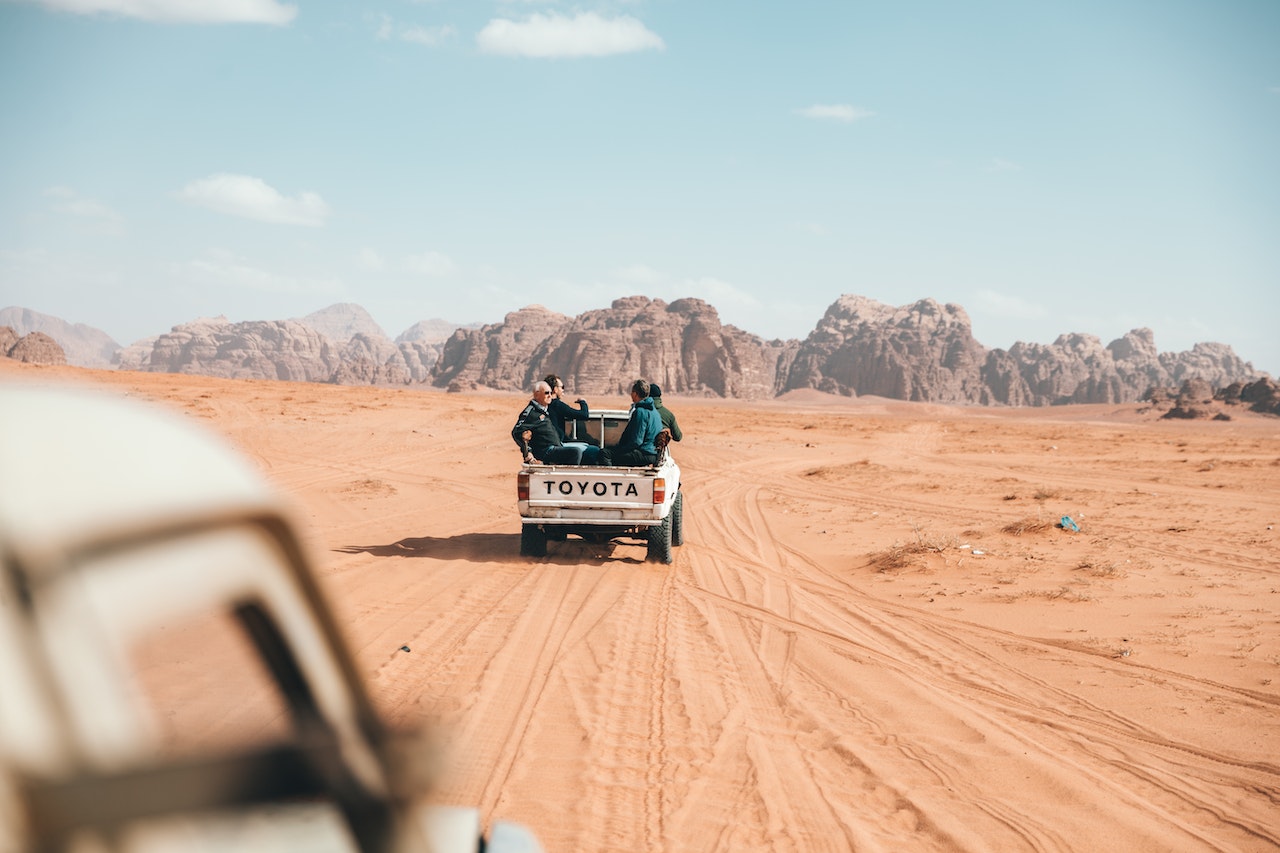The Future of Desert Safaris and Tours in Egypt
The Future of Desert Safaris and Tours in Egypt
Egypt's deserts offer a one-of-a-kind safari and adventure experience that is gaining more interest and traction from global tourists. The Egyptian tourism industry is looking to further capitalize on this growing interest in desert trips and tours to boost overall tourism revenue in the coming years.
The most popular desert trip for tourists is a multi-day jeep or camel safari into the White Desert near Farafra Oasis or through the rolling sand dunes of the Great Sand Sea near Siwa Oasis. These safaris include scenic desert camping under starry nights, wildlife spotting like fennec foxes and desert gazelles, sandboarding and quad biking over high dunes, and interactions with Bedouin locals in their desert camps.
Looking ahead, the Egyptian tourism board wants to develop more premium desert tourism experiences to attract higher spending tourists. This includes upgrading desert camps to semi-permanent luxury tented camps with more amenities, offering charter flights into remote desert airstrips, developing unique desert activities like a hot-air balloon sunrise ride over the desert, and facilitating private custom desert tours to provide a more exclusive experience. There are also efforts to promote Egypt's deserts for stargazing and astrophotography given the crystal-clear night skies far from light pollution.
Although tourism to Egypt faced challenges in recent years, the tourism industry is recovering and looking to new unique experiences like unforgettable desert adventures to boost visitor numbers and revenue. With demand for off-the-beaten-path desert travel on the rise globally, Egypt's deserts are poised to see considerable growth and development in safari and tour options for visitors seeking an extraordinary destination.
- Egypt's deserts offer a range of landscapes from white limestone formations to vast seas of sand dunes, allowing for diverse desert trip experiences. The Great Sand Sea is one of the most spectacular desert landscapes in the world with some dunes up to 750 feet high.
- Desert safaris are ideal for adventure and nature lovers, as well as photographers looking to capture breathtaking desert scenery and light. It's a chance to explore remote, untouched desert environments and see unique desert wildlife in their native habitat.
- The best time to visit Egypt's deserts is from October to April when the weather is cooler. This is the high season for desert trips, so it's important for tourists to book in advance to secure spots, especially for private or custom tours.
- In addition to desert trips and camping, some travelers incorporate a Nile River cruise or visits to Pyramids and ancient temples before or after their desert adventure. Combining a range of experiences highlights the diversity of destinations and activities Egypt offers.
- To boost desert tourism, Egypt is working to improve overall tourism infrastructure and security to appeal to more international tourists. The government has plans to reduce bureaucracy and make the tourism visa process easier to energize the industry and economy. Investments in transportation, accommodations, and visitor services around key destinations including desert entry points will also make travel to remote desert regions more feasible and appealing.
Some unique desert wildlife species that can be spotted on desert safaris in Egypt
-
Fennec fox: The fennec fox is a small nocturnal fox with huge ears that lives in the Sahara desert. It's well adapted to the desert climate and survives on a diet of insects and small rodents.
-
Egyptian desert monitor: The Egyptian desert monitor is a large lizard that lives in desert canyons and hilly areas. It can grow up to 6 feet long and feeds on a variety of desert prey like snakes, lizards, eggs, and small mammals.
-
Sand cat: The sand cat is a small wild cat that lives in the deserts of North Africa and the Middle East. It has thick fur and legs to tolerate walking on hot sand. It emerges at night to hunt rodents, lizards, and insects. Spotting the rare and elusive sand cat in the wild would be a highlight for wildlife enthusiasts.
-
Desert gazelle: The desert gazelle is well suited to navigating desert terrain with its long thin legs. It browses on desert grasses and acacia in the early morning and late afternoon. Although gazelle populations have declined due to hunting, they can still occasionally be seen on desert safaris, especially in more remote areas.
-
Deathstalker scorpion: The Deathstalker scorpion is one of the most venomous scorpions in the world and lives in desert regions of North Africa and the Middle East. It comes out at night to hunt insects and spiders. Although its sting is highly toxic, deaths are rare with proper medical treatment. Spotting this scorpion would be thrilling but tourists should be very cautious if it's encountered.

